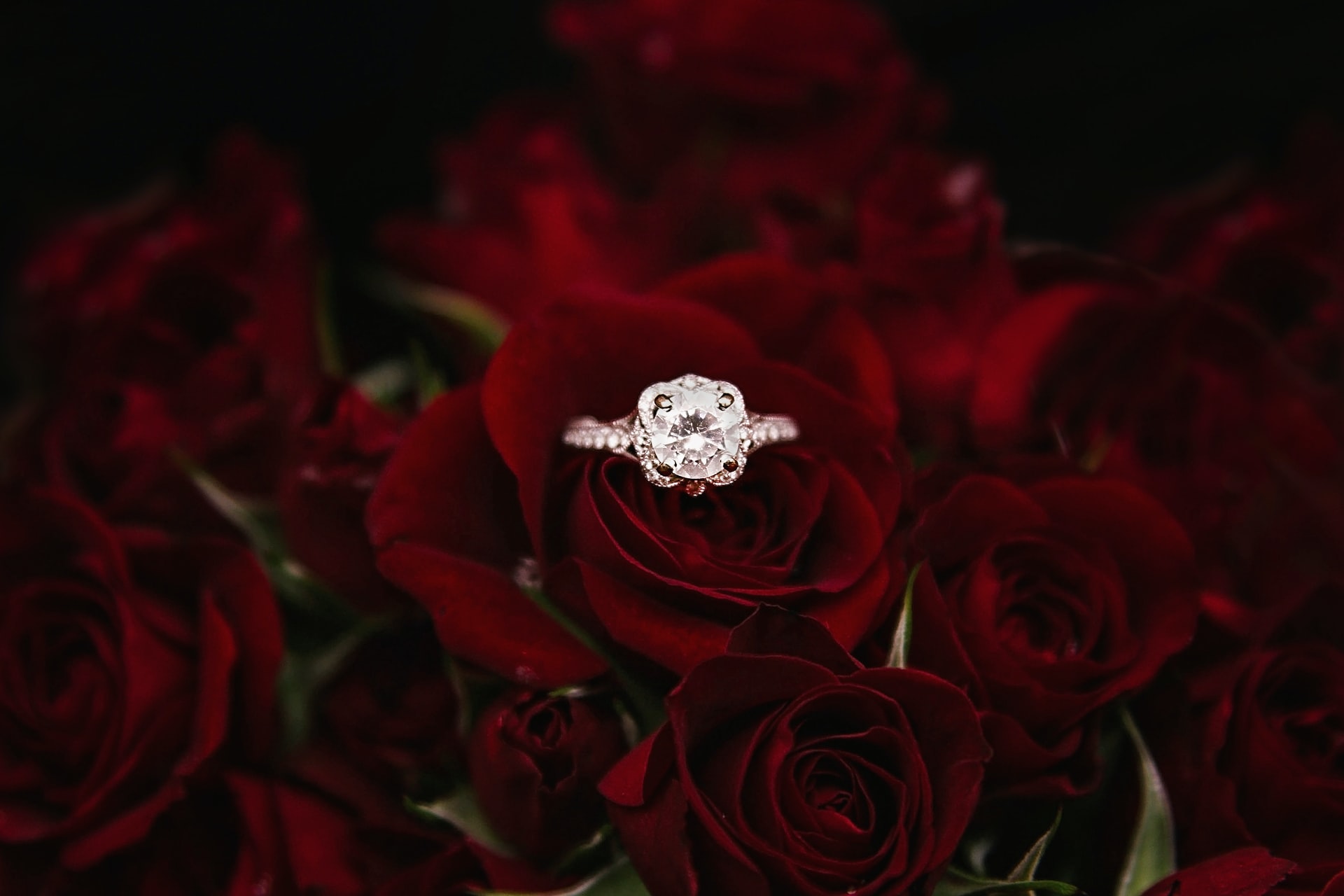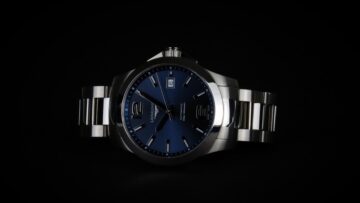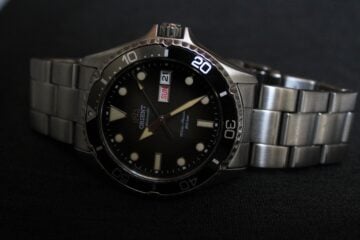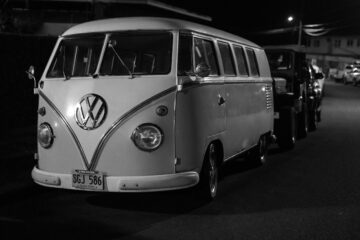Diamonds have a deep association with love and marriage, but this connection is not as historical as some may believe. The use of diamonds as a symbol of love is actually a relatively recent concept that was cleverly manufactured by De Beers, a giant in the diamond market. The history of diamond engagement rings is rooted in advertising rather than romance. Every diamond goes on a long journey throughout its lifetime, starting in the depths of the Earth and eventually reaching a jewellery box.
What are diamonds?

Diamonds are the hardest natural material found on the planet. They form in the Earth’s mantle. In this layer of the Earth’s interior, both the temperature and pressure reach unimaginable levels. At temperatures of around 1500˚C and pressures of 50 kilobars, the molecular structure of carbon is changed. It is this change that creates diamonds. A volcanic rock, called Kimberlite, acts as a host for diamonds on their journey to the Earth’s surface. It travels up through the mantle and Earth’s crust along with molten rock and mantle fragments. Upon reaching the surface, these streams erupt in a series of small, but violent volcanos. Once the magma has cooled and solidified, it can be mined for diamonds.
Mining for Diamonds
Many mines have been constructed around the world in countries like India, Australia and South Africa. It was first realised that diamonds were present in South Africa around 1869 when a farmer found a 22-karat diamond in the ground. The presence of diamonds was confirmed three years later when a shepherd discovered a 33-karat diamond. As a result of these discoveries, the value of land in South Africa rose dramatically. Investors began to move in with the intention of opening proper mines to maximise their diamond haul.
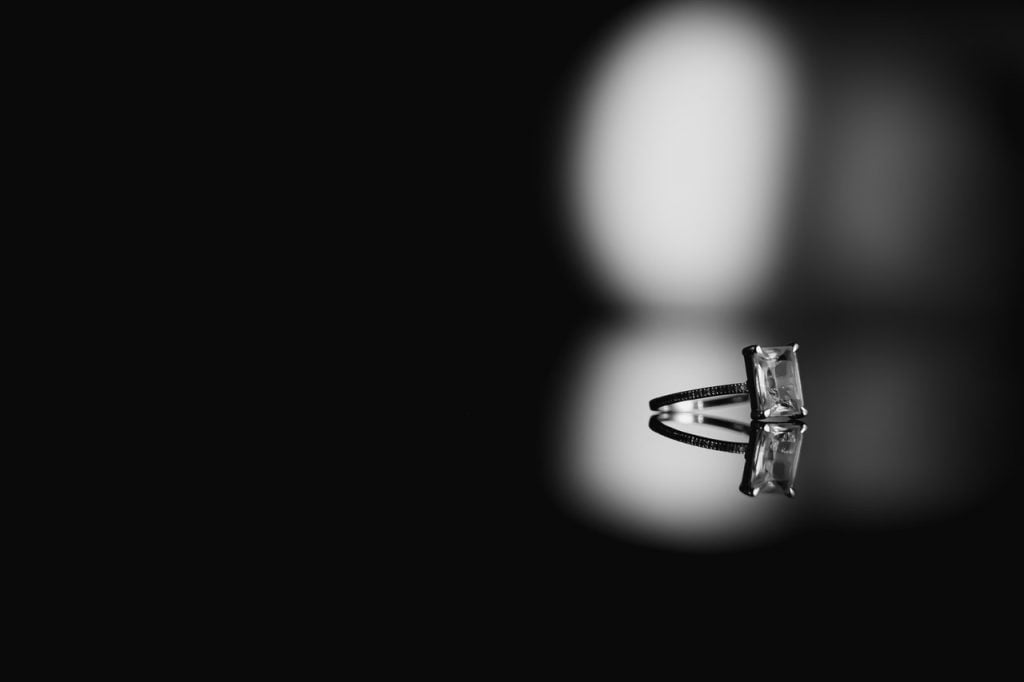
De Beer’s was the most famous mine in South Africa. After the diamond rush, many mine owners sold their land. They were growing concerned that the huge number of diamonds found would reduce their value. What they believed to be a precious stone had become rather common. De Beers consolidated with many smaller mines in the country so that they could survive. This joining of forces led to them monopolising the market, an act that would be considered unlawful today. This meant that De Beers could restrict the supply of their diamonds to feign rarity and maintain the high value of the stones.
The Rise in Popularity of the Diamond Engagement Ring
Prior to the 1940s, opals, rubies, sapphires and turquoise were the top choices for engagement rings. The De Beer company noticed that the United States of America was not a big buyer of diamonds. They made it their mission to increase sales there. N. W. Ayer were recruited to produce an advertising campaign that would entice a US audience into purchasing diamonds. They coined the slogan ‘A Diamond is Forever’, which is perhaps one of the most famous advertising campaigns ever. They used images of recently engaged famous couples sporting their diamond engagement rings to encourage young lovers to associate diamonds with courtship. De Beer’s infamous advertising campaign had led to the history of diamond engagement rings being rooted in marketing rather than romance. By making diamond engagement rings seem an indispensable aspect of love, De Beers increased diamond sales in the USA by over 50%.
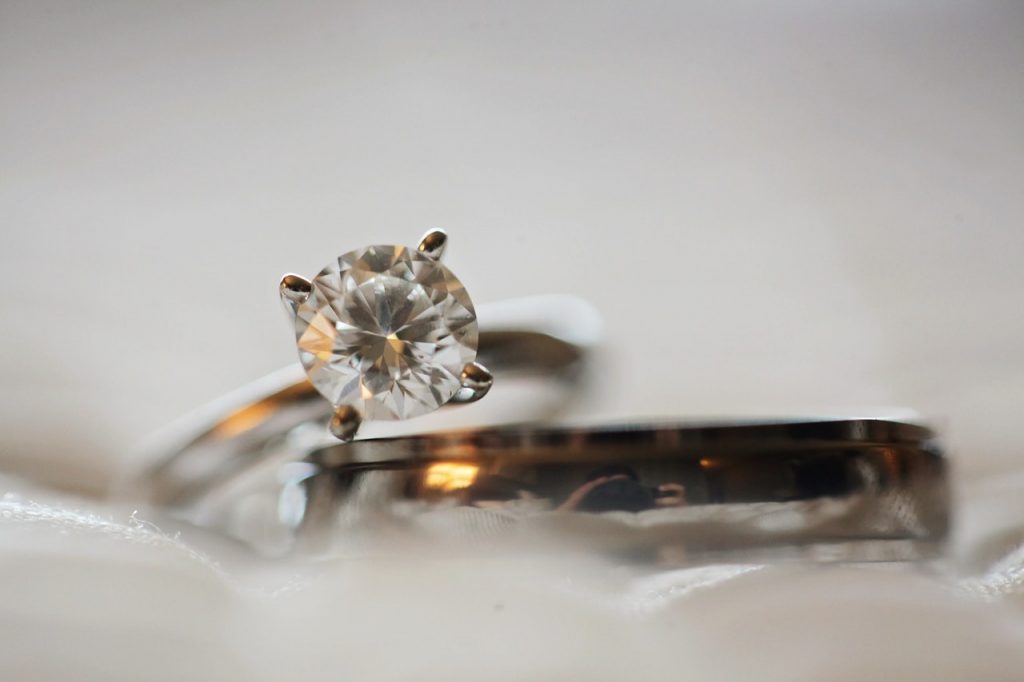
De Beers no longer has a monopoly in the diamond market, but their legacy lives on with around 84% of US brides receiving a diamond engagement ring. These rings are seen as a vital step in proposals due to their history and beautiful sparkle.
If our brief history of diamond engagement rings has piqued your interest, keep reading for some recommendations from our website.
Certified Diamond 0.41ct H SI1 IGI Diamond Solitaire Engagement Ring FCD28359
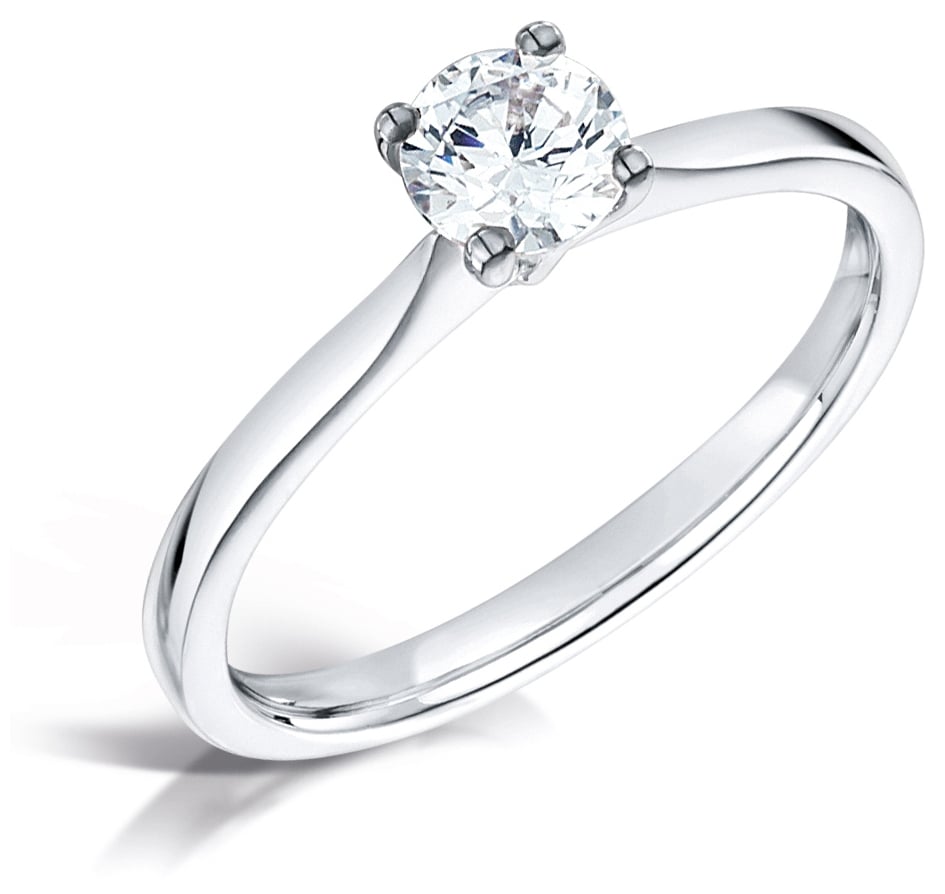
The most traditional style of engagement ring is the solitaire. The simplicity of the style allows the diamond to take centre stage and stand out. This ring is set with a 0.41ct round brilliant cut diamond to ensure an eye-catching sparkle. The stone is raised from the band of the ring by a platinum tiffany style four claw setting which adds to the classic look of this ring. The shank, or band, of the ring is platinum which is a strong and corrosion resistant metal. The shank tapers from 2.5mm to 1.5mm to give a sleek, delicate feel to the knife edge shoulders. The star of the show, the diamond, is a certified IGI H grade, meaning that it is near colourless. With a clarity of SI1 and no visible inclusions to the eye, this diamond is the perfect sparkly centrepiece to this solitaire engagement ring.
Certified Diamond 0.61ct H SI1 IGI Diamond Engagement Ring FCD28382
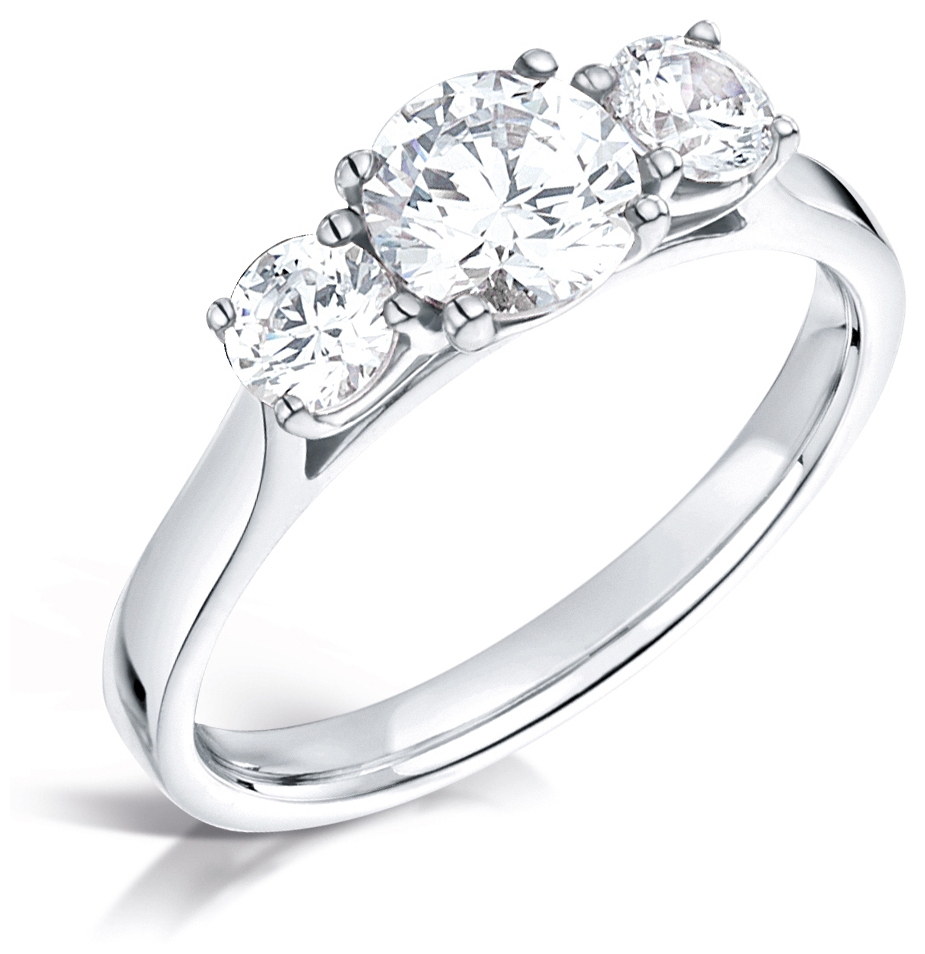
This diamond engagement ring is the answer for those looking for something slightly more unusual and elaborate. With two smaller diamonds set on either side of a larger one, this ring will make a statement on the finger. The trio of round brilliant diamonds, totalling 0.61 karats, will catch the light beautifully. Their clarity grade of SI1 and their raised setting makes the diamonds the true centrepiece of this ring. The platinum shank makes the ring resistant to corrosion, so it can safely be worn every day. Platinum is also used for the settings of the diamonds and the strength of the metal means that the diamonds are incredibly secure. This diamond engagement ring will certainly add a touch of sparkle to your proposal.
Certified Diamond 0.30ct D SI1 GIA Diamond Engagement Ring FCD28344
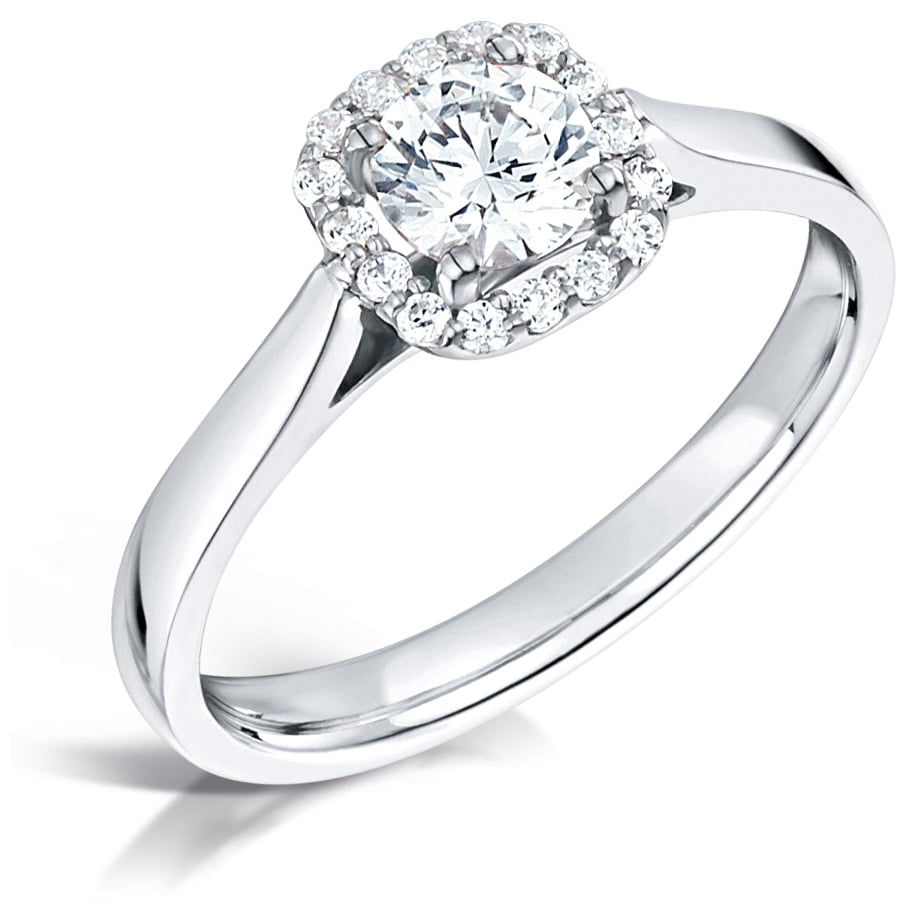
Featuring a larger diamond in the centre, surrounded by small, brilliant diamonds, this engagement ring is not lacking in glamour. The 0.31 karat diamonds are complemented by a simple platinum band. The properties of this metal mean that the ring can be worn constantly without fear of corrosion. The smaller karat of this ring makes it more affordable, but the way the diamonds are set makes it just as beautiful and sparkly as any other diamond engagement ring. The diamonds have a SI1 clarity grade, so they are of very high quality. The sleek, simple band will be incredibly flattering on any hand and the silver colour will ensure the ring matches any other jewellery worn alongside it. This ring has a classic appearance, but the interesting diamond setting makes it perfect for those who desire an engagement ring that is a step away from traditional styles.
What do you think of our diamond engagement ring recommendations? Let us know in the comments below!

